With 24,300 hectares and over 37 thousand tons of beans, Son La coffee only accounts for over 3% of the area and 2% of the country's coffee output, but is very famous. Because Son La coffee is Arabica coffee, while the rest of the country is mainly Robusta coffee. There are nearly 10 provinces growing Arabica coffee, the most being Son La, Lam Dong, Dak Lak, Quang Tri and Dien Bien. Lam Dong used to be the leading province, but now Son La has risen to the top, accounting for 50% of the area and over 43% of the country's output. The natural conditions (terrain, altitude, soil, climate) in Son La are very suitable for growing high-quality Arabica coffee. In particular, the cool climate, a lot of fog, the large temperature difference between seasons, between day and night has created a difference for Son La coffee with amber color, gentle sourness, sweet and bitter aftertaste, a variety of natural flavors of fruit, honey, and is considered equal to the most delicious and attractive coffee varieties in the world . That is why since 2017, Son La coffee has been protected by geographical indication. This is the most valuable industrial property, not only a local asset but also a national asset. Promoting geographical indication protection, Son La coffee area has implemented synchronous solutions for sustainable development and environmental protection, nearly 80% of the area has been certified by international and domestic organizations.
Joint ventures and associations between enterprises, cooperatives and households are established to create a production chain that ensures quality, cleanliness and safety standards. Son La coffee products are mainly pure green coffee beans. In addition, there are roasted, ground, powdered or processed products into high-end coffee products such as instant coffee, filter bag coffee, specialty coffee, honey coffee, coffee husk tea. There is one 5-star umbrella product and four 4-star products that are very popular in the world market. Over 95% of Son La coffee is exported (over 80% nationwide). The export value of Son La coffee is over 90 million USD (2024), accounting for over 50% of the province's agricultural export value. With current prices, each hectare of coffee on average generates a revenue of 170-200 million VND/ha, with a profit of over 140 million VND/ha after deducting costs. This is the highest income among crops, contributing to improving the lives of nearly 20,000 coffee growing households, a large number of which have become rich, many villages have become billionaire villages. Thus, the selection and focus on synchronous investment, encouraging the development of coffee trees to become a strategic industrial crop is the right choice, promoting good efficiency, contributing to creating a name for Son La.
The potential for development, productivity, quality and efficiency of Son La coffee is still very large. However, Son La coffee is also facing many challenges. Before 2015, Son La coffee developed slowly, only over 10,000 hectares in 25 years. The period 2016-2020 stabilized at around 16,000 hectares. From 2021 to now, it has developed rapidly, far exceeding the orientation of the Ministry of Agriculture and Environment and the province's project. According to the provincial coffee association, in recent years, due to high and relatively stable prices, farmers have been enthusiastically pushing the coffee area of the whole province to over 30,000 hectares, not around 25,000 hectares. The province's project stabilizes around 16,000 hectares by 2025. In some places, coffee has grown on high hills, steep slopes, lacks irrigation water, and does not ensure conditions for productivity and quality. The quality of coffee is uneven, affecting the overall reputation and brand. More dangerously, if coffee development encroaches on forest land and forestry land, exports may be boycotted, especially exports to EU countries (similar to a yellow card for fishing for export). The province's strategic direction is to stabilize the area (about 16 thousand hectares) as directed by the Ministry of Agriculture and Environment, focusing on improving varieties, increasing the area of specialties, increasing productivity, and increasing quality. It is necessary to proactively control the area, not allowing households to expand spontaneously.
Most of Son La's coffee is currently catimor variety that lacks careful selection, has uneven productivity and quality, and is over 50% old. The area needs to be replanted (cutting and grafting with new varieties). The problem is not only the source of seeds and techniques, but also the mindset and psychology. There needs to be a roadmap and steps to ensure the maintenance of income for households, and to ensure the source of processed and exported coffee for businesses and cooperatives to maintain the supply chain and export. The big problem of Son La is that coffee depends on rainwater. The dry season is dry, the rainy season is intense, with strong erosion and leaching. Drip irrigation to keep moisture is expensive, often gets clogged, and is difficult to expand (because the water has a high lime content). Planting shade trees, using moisture-retaining products, applying preventive techniques, and limiting the leaching of fertile soil and minerals, although the cost increases, also needs more attention.
Currently, only about 50% of Son La coffee area is joint venture, association, industrial production and processing, creating export value chains, the remaining 50% is produced, processed and consumed by households in the market, which not only does not ensure quality standards but also causes environmental pollution (especially pollution of surface water and groundwater). Water pollution due to agricultural processing, especially small-scale coffee processing, can be even more serious. Many households that drill for groundwater for domestic use and production have discovered that their groundwater is polluted.
More than 95% of Son La coffee is exported in the form of raw materials (coffee beans), so it has not yet built a brand for consumers. The whole province participates in exporting agricultural products worth about 200 million USD, of which coffee alone accounts for over 50%. But according to the Ministry of Industry and Trade, in 2024, Son La's export turnover value will only be 34 million USD. This shows that Son La's direct exports and official exports are still low, mainly exports through other channels and unofficial exports. This means that we have not really "sailed the big sea". Regarding the contribution of the coffee industry to the provincial budget, there are no official figures, but it is probably still modest. Another issue that needs attention is that Son La coffee is only processed about 5% (finished products reaching consumers), mainly serving domestic consumers. But domestic consumers are used to coffee with a strong bitter taste, not used to, and do not prefer coffee with a light acidity like Son La coffee. Furthermore, the generation of coffee drinkers is gradually shifting from pure coffee to recreational coffee, trendy coffee (mixed with coffee and many other flavors). Therefore, how to process the coffee, to what extent, for which target, for which niche market is also an issue that needs to be carefully researched.
From 2021, the province's goal by 2030 is to stabilize the area of 16,000 hectares, focus on cultivating high-quality varieties on a large scale (10,000 hectares), increase specialty coffee to 6,000 hectares. Build 80-90% of the coffee area of raw material areas that meet standards, are certified for sustainable production, and meet export standards. Increase the average coffee bean yield/hectare from the current 1.5-1.7 tons to 2-2.5 tons, and the output of standard coffee beans to over 35,000 tons. Increase centralized processing, advanced and modern technology, and wastewater treatment from 50% to 80-90%. Coffee exports remain at 90%, and deep processing increases from 5% to 10%.
The target is appropriate and positive, but the implementation speed from 2021-2025 is still slow, requiring synchronous measures to increase. The capital demand is relatively large, about 1,800 billion VND, of which the budget support capital is about 300 billion VND, preferential credit capital and capital from enterprises, cooperatives and households is about 1,500 billion. The budget capital mainly depends on the integration of national target program sources and investment sources for mountainous and ethnic minority areas. The economic potential of coffee growing households in many places is quite strong, technical level, production and business have improved, there is a proactive and creative spirit, this is a condition to mobilize increased investment.
According to the Union of Science and Technology Associations, this workshop focuses on the current status of coffee development from a multidimensional perspective. Next October, authorized by the Union of Science and Technology Associations of Vietnam, the Union of Science and Technology Associations of the province will continue to coordinate with the Department of Agriculture and Environment to organize a more in-depth workshop on the impact of policies on coffee development in Son La, also from a multidimensional perspective. Son La coffee was at times in decline (1990-2015), the fruit coffee company had to go bankrupt, and the capital source was difficult to recover 73 billion VND. From 2016-2020, it started to increase, the strongest increase was in 2021-2025. This proves that besides the positive impact of the province's policies, the success of Son La coffee is also greatly influenced by the market, price and development of technology (varieties and processing). The change in the position (ups and downs) of some traditional crops, especially corn, also significantly affects the rapid or slow transition to the development of industrial crops and fruit trees, including coffee. To fully assess the impact of the policy, there needs to be more complete data on the actual results of budget support, credit capital for each enterprise, cooperative, coffee-growing household, direct budget support capital and budget capital integrated with target programs. Actual coffee growing area, number of areas exceeding control, number of areas certified to meet sustainable development standards and certified field areas; coffee output for export converted to USD value and export output with real USD; level of contribution to the provincial budget; specific data on environmental pollution due to coffee processing (for surface water and groundwater)....
Phan Duc Ngu
Source: https://sonla.dcs.vn/tin-tuc-su-kien/noi-dung/phat-trien-ca-phe-duoi-goc-nhin-tu-van-phan-bien-5611.html


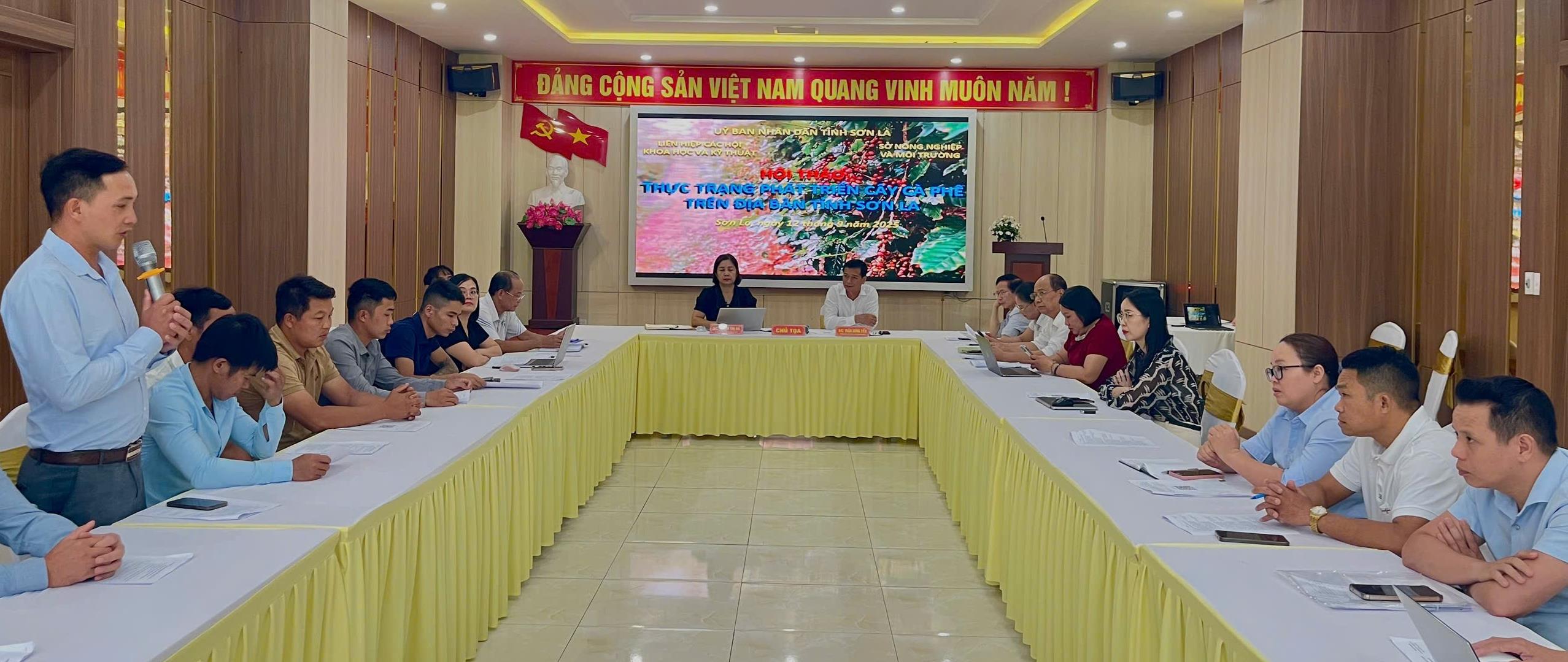
![[Photo] Prime Minister Pham Minh Chinh attends the World Congress of the International Federation of Freight Forwarders and Transport Associations - FIATA](https://vphoto.vietnam.vn/thumb/1200x675/vietnam/resource/IMAGE/2025/10/08/1759936077106_dsc-0434-jpg.webp)
![[Photo] Prime Minister Pham Minh Chinh inspects and directs the work of overcoming the consequences of floods after the storm in Thai Nguyen](https://vphoto.vietnam.vn/thumb/1200x675/vietnam/resource/IMAGE/2025/10/08/1759930075451_dsc-9441-jpg.webp)
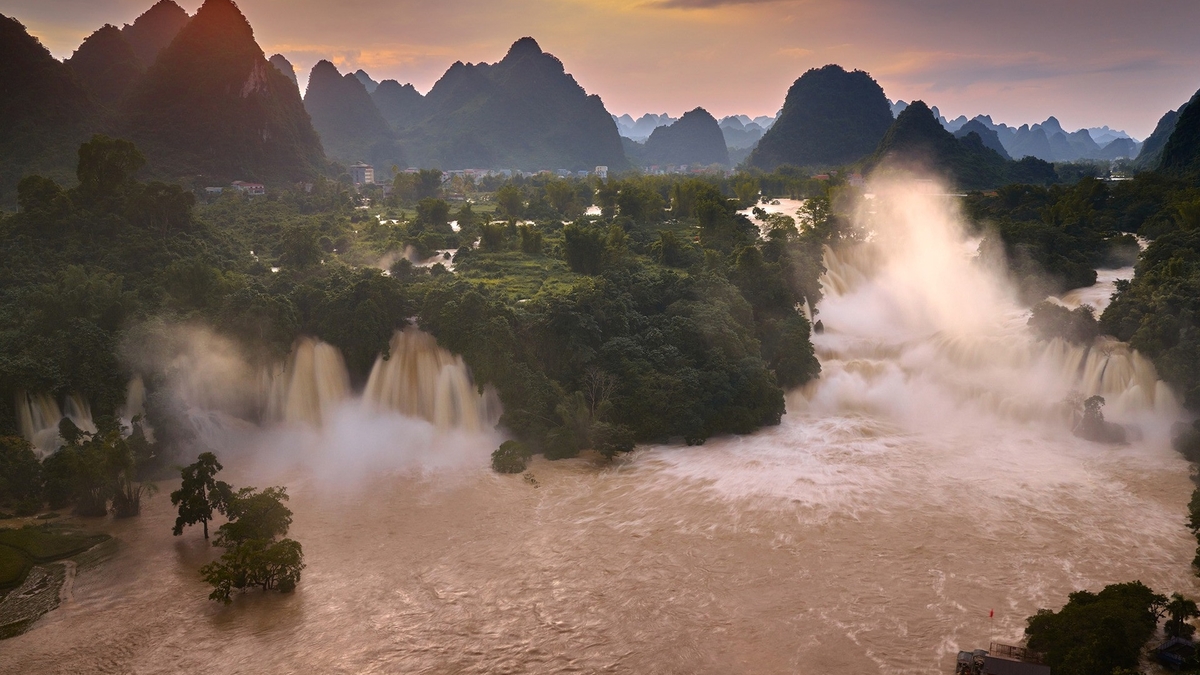





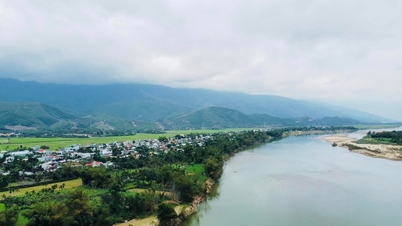

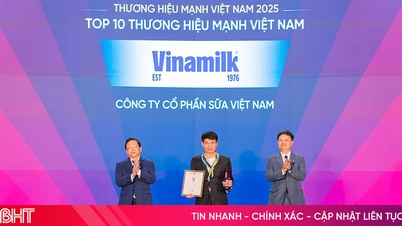


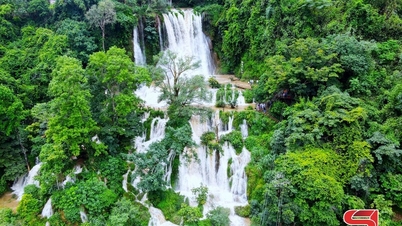

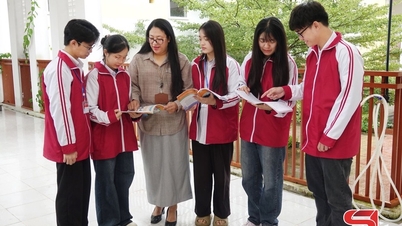




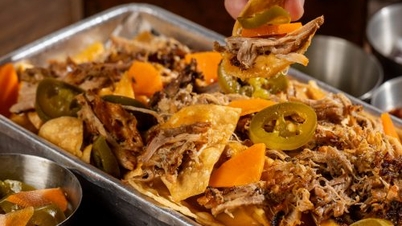

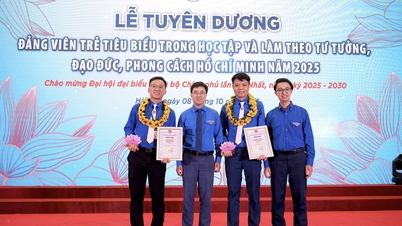
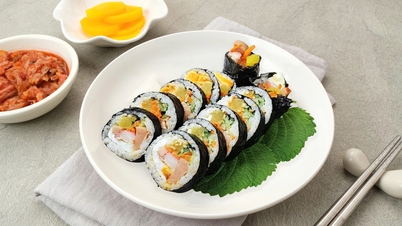
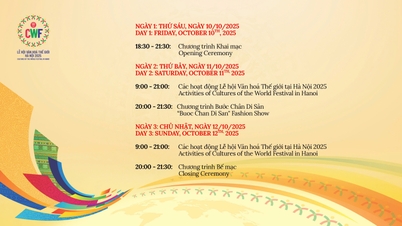
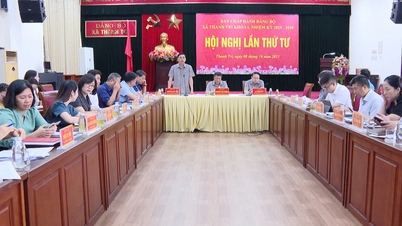





















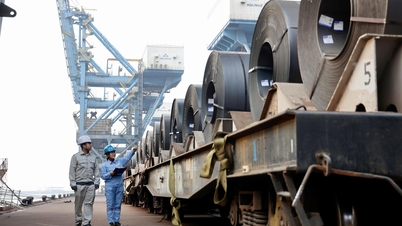















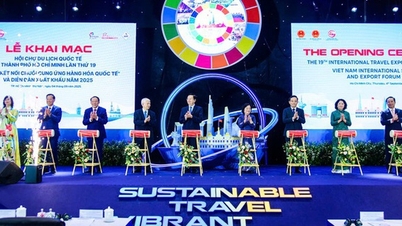

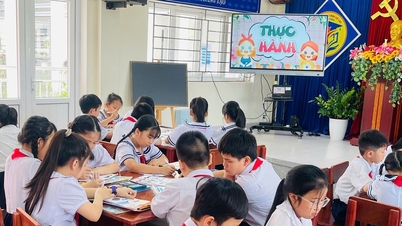
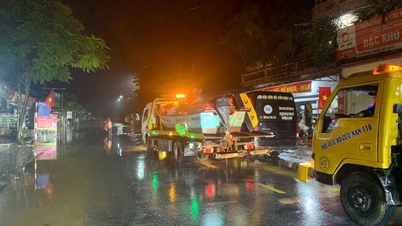

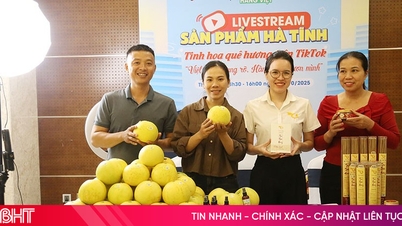


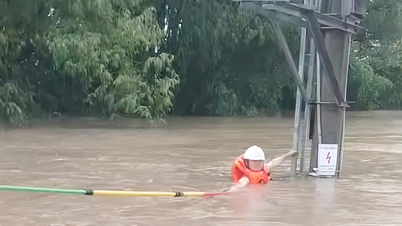

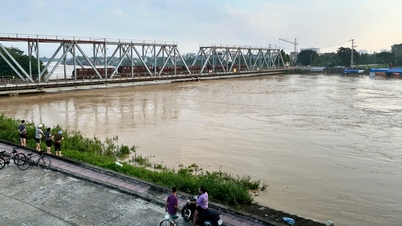













Comment (0)